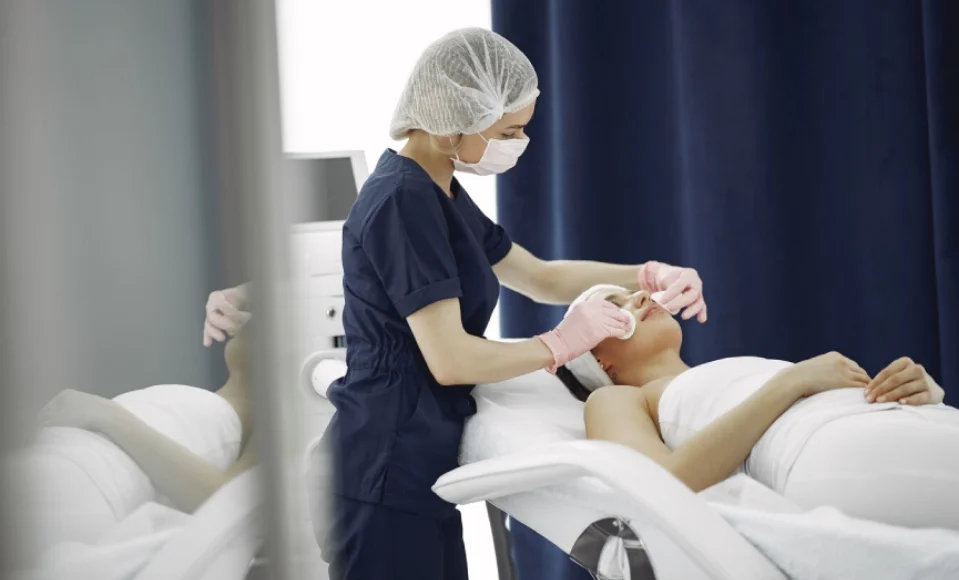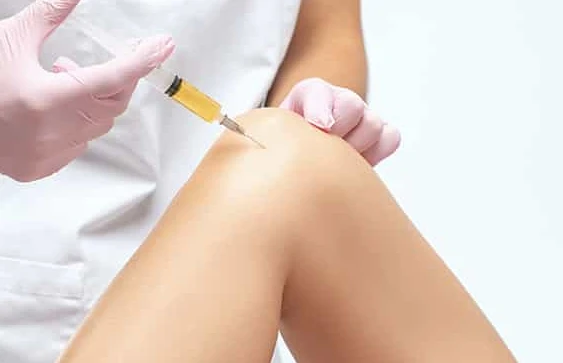
PRP in vulvo-vaginal area
Platelet-Rich Plasma (PRP) therapy involves drawing a small amount of the patient’s own blood, processing it to concentrate the platelets, and then injecting the PRP back into the body. In recent years, PRP has been explored for various medical and aesthetic purposes, including its use in the vulvo-vaginal area.
- Vaginal Rejuvenation: PRP injections are claimed to stimulate collagen production and promote tissue regeneration in the vaginal walls, potentially improving vaginal laxity and elasticity.
- Sexual Health: Some proponents of PRP in the vulvo-vaginal area suggest that it may have benefits for sexual health, including increased sensitivity and enhanced arousal.
- Regulatory Considerations: Regulatory standards regarding the use of PRP in aesthetic or functional procedures may vary between countries.
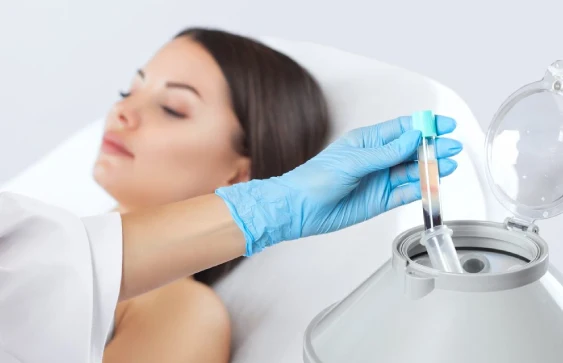
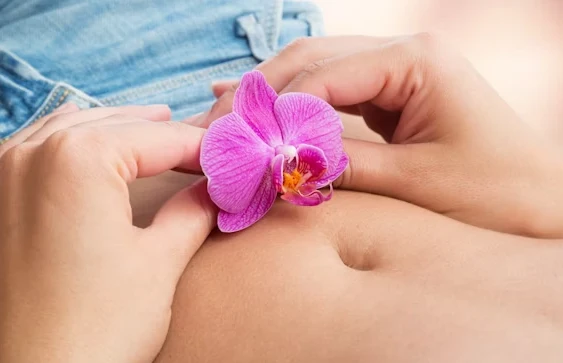
- Urinary Incontinence: PRP therapy has been explored as a potential treatment for mild stress urinary incontinence by strengthening the pelvic floor muscles.
- Procedure: The procedure involves drawing a small amount of the patient’s blood, processing it to concentrate the platelets, and then injecting the PRP into specific areas of the vulva or vagina.
- Limited Scientific Evidence: While there is some preliminary research and anecdotal evidence suggesting potential benefits, the scientific evidence supporting the use of PRP in the vulvo-vaginal area for cosmetic or functional purposes is limited.

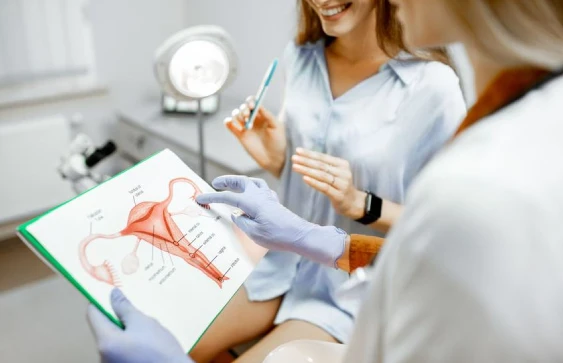
As with any medical procedure, it’s essential for individuals to make informed decisions, carefully consider potential risks and benefits, and seek the advice of qualified healthcare professionals. Scientific evidence supporting the use of PRP in the vulvo-vaginal area is still emerging, and individuals should approach such interventions with caution.
